Introduction
Braised sea cucumber with scallions, a dish steeped in tradition and revered for its luxurious texture and umami-rich flavor, is a cornerstone of Chinese cuisine. Often served at banquets and celebratory feasts, this dish elevates the humble sea cucumber into a gastronomic masterpiece. Achieving perfection in this recipe demands patience, precision, and an understanding of the delicate balance between ingredients. This comprehensive guide will unravel the secrets to crafting this iconic dish, ensuring that even novice cooks can master its intricacies.
The Allure of Braised Sea Cucumber
Sea cucumber, a marine invertebrate, is prized in Asian cultures for its health benefits and culinary versatility. When properly prepared, it transforms into a tender, gelatinous delight that absorbs flavors exceptionally well. Paired with aromatic scallions and a savory sauce, this dish embodies the essence of hao chi—deliciousness—while reflecting the philosophy of yin and yang in its harmonious blend of textures and tastes.
Selecting the Finest Ingredients
The foundation of any great dish lies in the quality of its components. For braised sea cucumber, the following ingredients are non-negotiable:
- Dried Sea Cucumbers: Opt for medium-sized, plump specimens with a uniform color. Avoid those with cracks or discoloration, as they may indicate poor drying or age.
- Scallions: Fresh, vibrant green scallions with crisp white stalks are essential. Look for bunches with firm stems and no wilting.
- Aromatics and Seasonings: Ginger, garlic, Shaoxing cooking wine, light soy sauce, oyster sauce, sugar, and chicken broth form the flavor backbone. For a vegetarian twist, substitute vegetable broth.
- Fat Source: Peanut oil or lard imparts richness. Lard, though less common in modern kitchens, lends a traditional depth of flavor.
The Rehydration Ritual
Dried sea cucumbers require meticulous rehydration to achieve their signature texture. This process, spanning 3–5 days, demands daily water changes to eliminate impurities and salt:
- Day 1: Rinse the sea cucumbers under cold water. Place them in a large bowl and cover with purified water. Refrigerate for 24 hours.
- Days 2–4: Drain the water daily, scrubbing the sea cucumbers gently to remove any residual sand. Refresh the water and return to the refrigerator.
- Final Day: After the fourth day, boil the rehydrated sea cucumbers in fresh water for 30 minutes. Allow them to cool in the liquid, then drain and rinse.
Preparing the Scallions
Scallions serve dual roles: aromatic base and garnish. Separate the green and white parts:
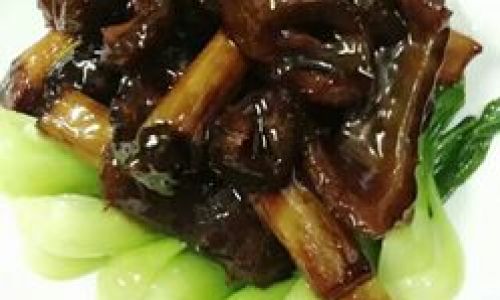
- White Stalks: Slice diagonally into 2-inch segments. These will infuse the braising liquid with their mild onion flavor.
- Green Tops: Julienne finely for garnish. To preserve their vibrancy, blanch them briefly in boiling water and shock in ice water.
Crafting the Sauce
The braising liquid is a symphony of flavors. Combine the following in a bowl:
- 3 tbsp light soy sauce (for saltiness)
- 2 tbsp oyster sauce (for umami)
- 1 tbsp sugar (to balance)
- 1/4 cup Shaoxing wine (for aromatic complexity)
- 1 cup chicken broth (or water for a lighter version)
Whisk until the sugar dissolves. Adjust proportions to taste—some chefs prefer a sweeter glaze, while others lean into savory notes.
The Cooking Process: Step-by-Step
Preparing the Sea Cucumbers
After rehydration, slit each sea cucumber lengthwise to remove any internal membranes. Rinse thoroughly. Cut into 2-inch segments or diamond shapes for visual appeal.
Searing the Scallions
Heat 2 tbsp peanut oil in a wok over medium heat. Add the white scallion stalks and sliced ginger (1 tbsp). Sauté until fragrant but not browned—this step releases their aromatic oils without bitterness.
Searing the Sea Cucumbers
Increase the heat to high. Add the sea cucumber pieces and sear for 2–3 minutes per side until lightly golden. This caramelization enhances the Maillard reaction, deepening the dish’s complexity.
Deglazing and Braising
Pour in the Shaoxing wine, scraping the wok’s base to incorporate any caramelized bits. Add the sauce mixture and bring to a simmer. Reduce the heat to low, cover, and braise for 45–60 minutes. Stir occasionally to prevent sticking.
Thickening the Sauce
After braising, remove the lid and increase the heat to medium-high. Simmer until the sauce reduces by half, coating the sea cucumbers in a glossy glaze. For a richer consistency, swirl in 1 tsp of cornstarch dissolved in water.
Final Flourish
Fold in the julienned scallion greens and a drizzle of sesame oil. Remove from heat immediately to preserve their color and crispness.
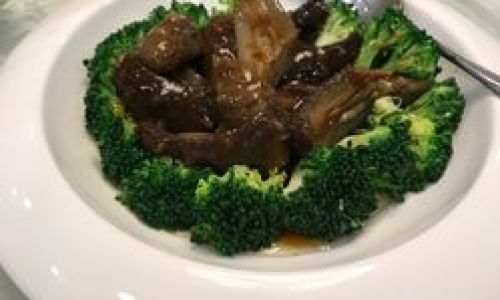
Plating and Presentation
Traditional presentations emphasize elegance. Arrange the sea cucumbers on a platter, spooning the sauce over them. Garnish with additional scallion strips and a sprinkle of toasted sesame seeds. Serve alongside steamed jasmine rice or thin noodles to soak up the sauce.
Troubleshooting Common Pitfalls
- Rubbery Texture: Overcooking or insufficient rehydration. Ensure thorough rehydration and avoid boiling post-braising.
- Bland Flavor: Inadequate seasoning or insufficient reduction of the sauce. Taste and adjust seasonings mid-braise.
- Mushy Scallions: Overcooking the greens. Add them only at the final stage.
Advanced Techniques for Enthusiasts
- Double-Braising Method: After the initial braise, chill the sea cucumbers overnight in the sauce. Reheat gently the next day to intensify flavors.
- Scallion Oil Infusion: Fry scallion whites in oil until crispy, then strain. Drizzle this aromatic oil over the finished dish for added depth.
- Truffle Twist: A few shavings of black truffle elevate the dish to haute cuisine status.
Health Benefits and Nutritional Profile
Sea cucumbers are a low-calorie, high-protein powerhouse, rich in collagen, antioxidants, and minerals like magnesium and zinc. Traditional Chinese medicine attributes them with anti-inflammatory properties, though scientific evidence remains preliminary.
Cultural Significance
In Chinese folklore, sea cucumbers symbolize resilience and transformation—apt metaphors for the meticulous preparation required. The dish’s presence at weddings and Lunar New Year feasts underscores its role in celebrating abundance and perseverance.
Regional Variations
- Shandong Cuisine: Emphasizes clarity of flavor, using clear broth and minimal seasoning.
- Cantonese Adaptation: Incorporates abalone or dried scallops for added luxury.
- Sichuan Spin: Adds doubanjiang (chili bean paste) and Sichuan peppercorns for a fiery kick.
Conclusion
Mastering braised sea cucumber with scallions is a journey—one that rewards patience and precision with unparalleled flavor. Whether served at a state banquet or a family dinner, this dish transcends mere sustenance, embodying culinary artistry and cultural heritage. With this guide as your compass, you’re poised to create a dish that not only delights the palate but also honors centuries of tradition. Bon appétit!
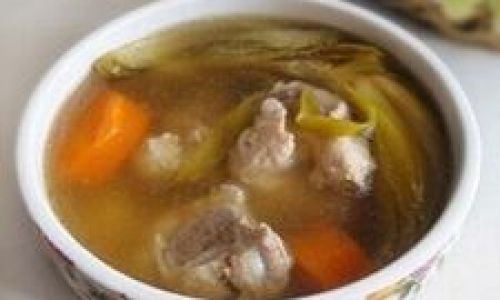
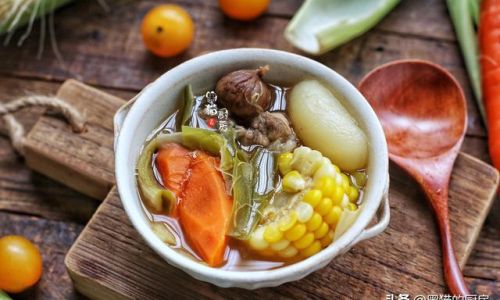
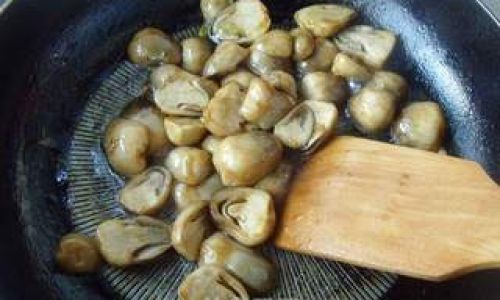
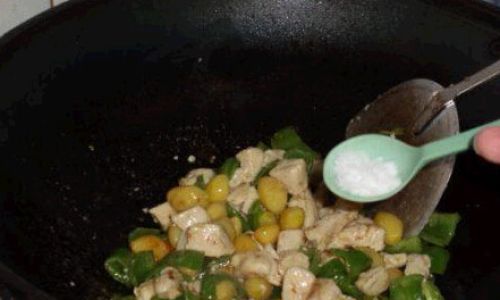
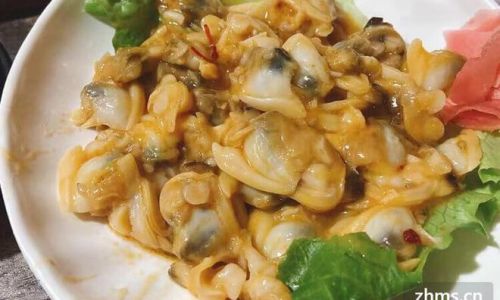
0 comments